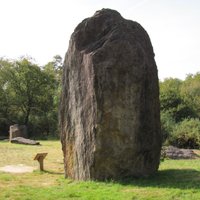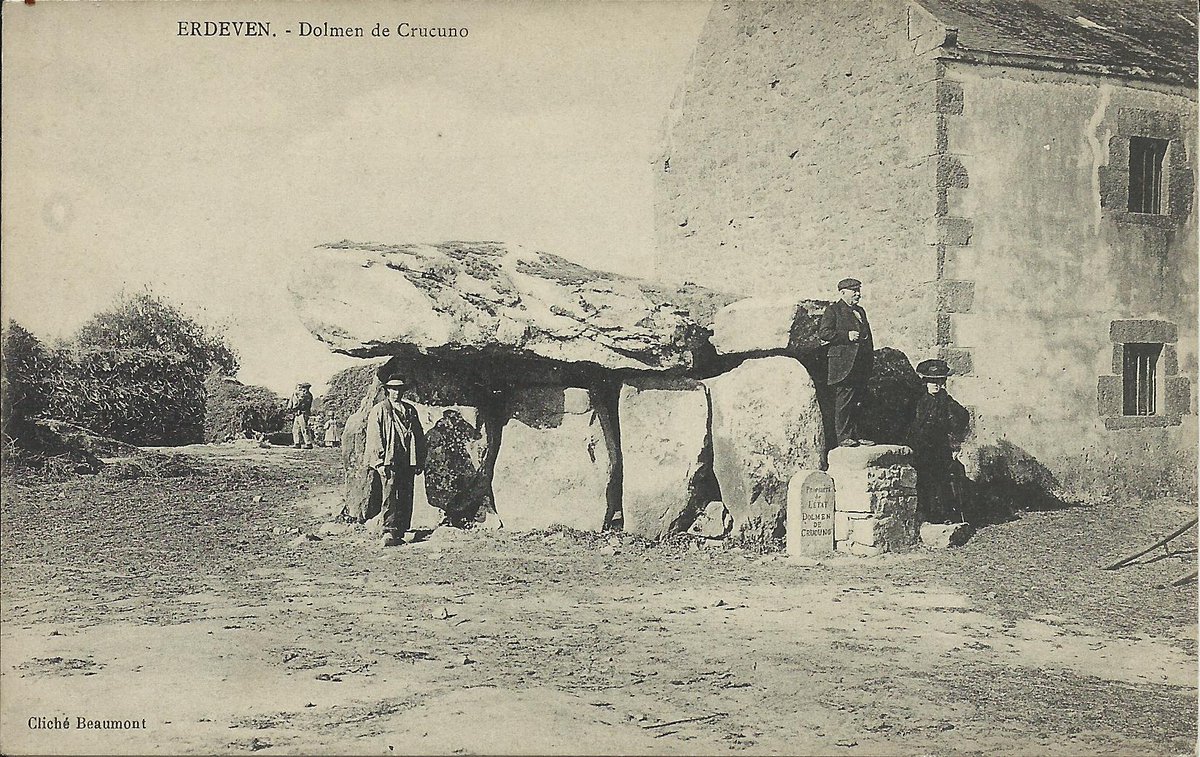
Frenchpostcardsofmegaliths
@philwat09037421
Ex curator of Egyptian, Near Eastern and Prehistoric antiquities now publishing my collection of old French postcards of megaliths (see pinned post).
ID: 986343597325905920
17-04-2018 20:40:13
2,2K Tweet
6,6K Takipçi
1,1K Takip Edilen

